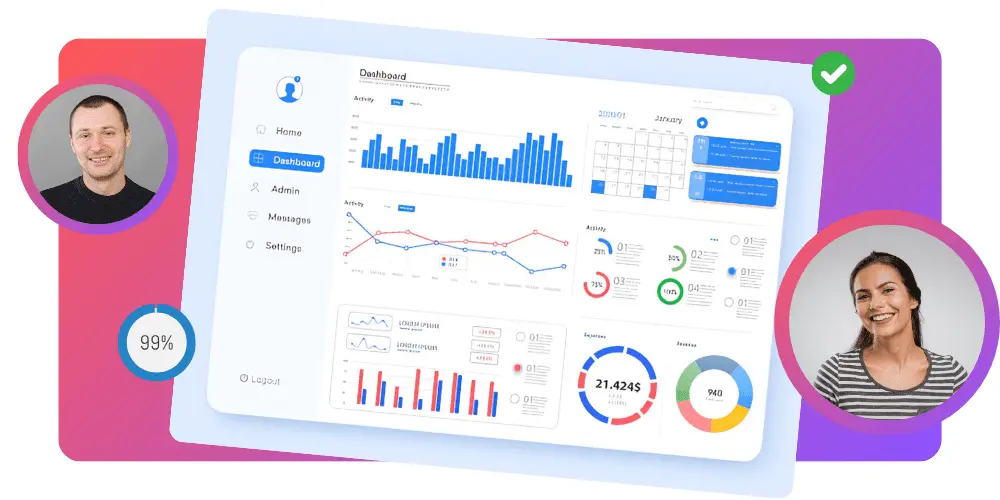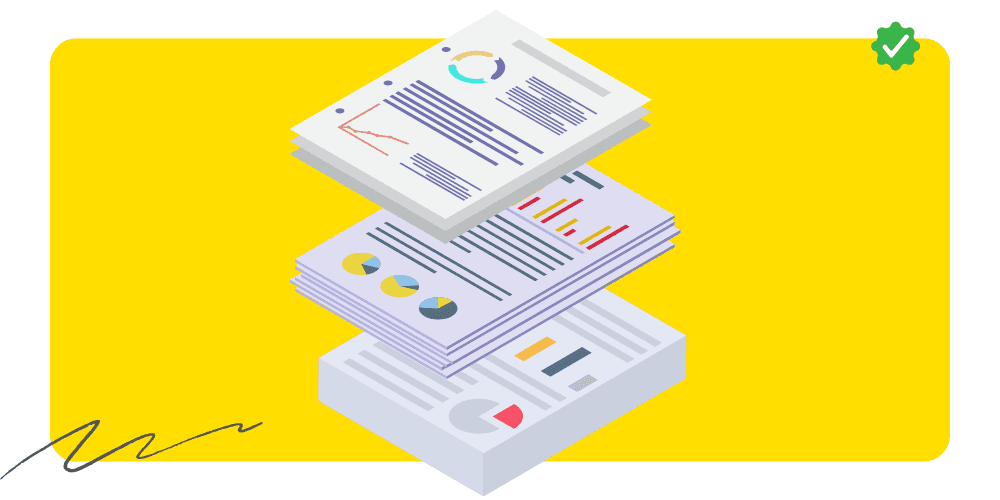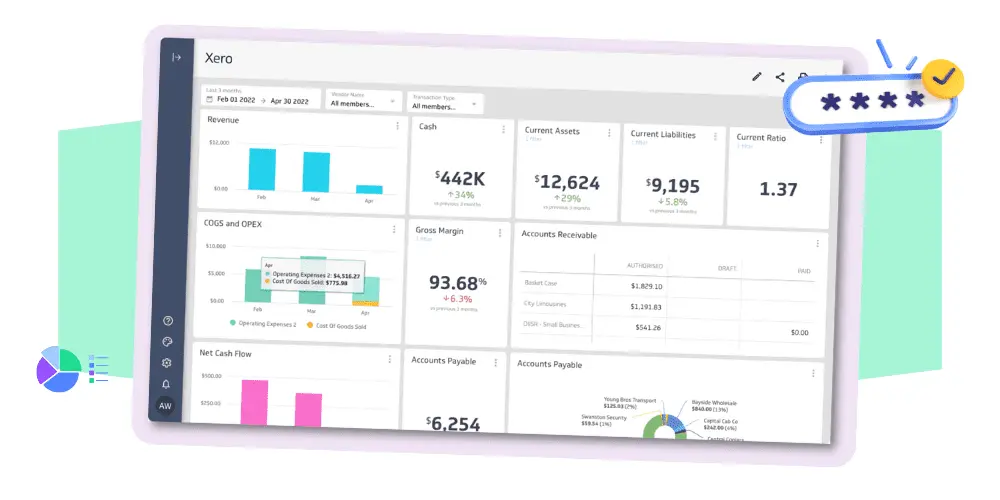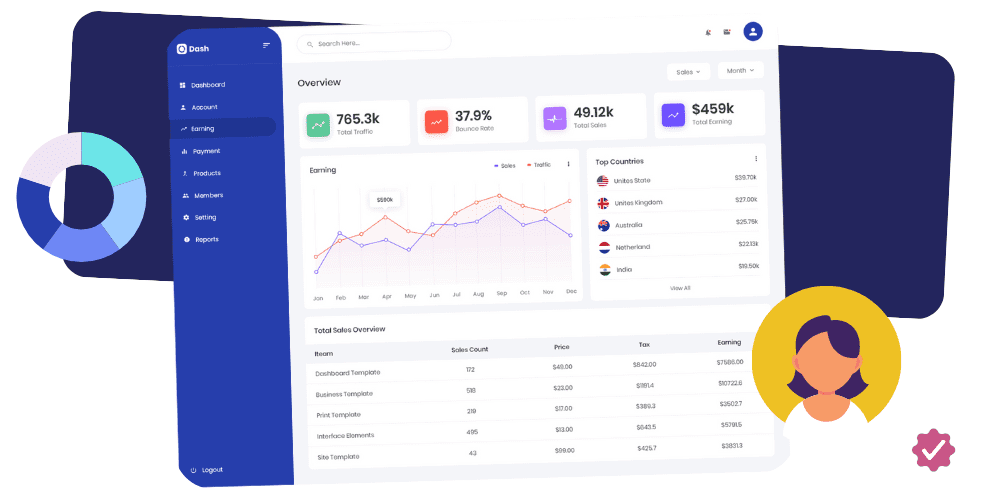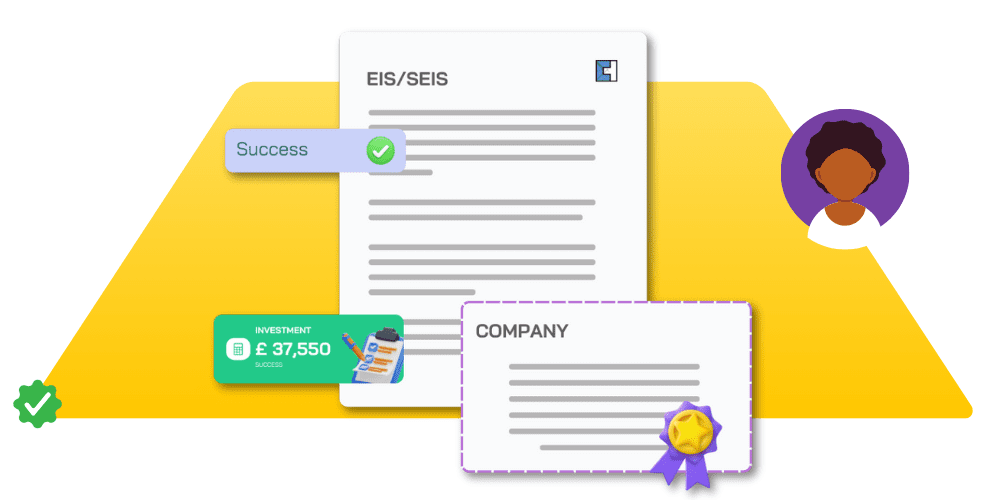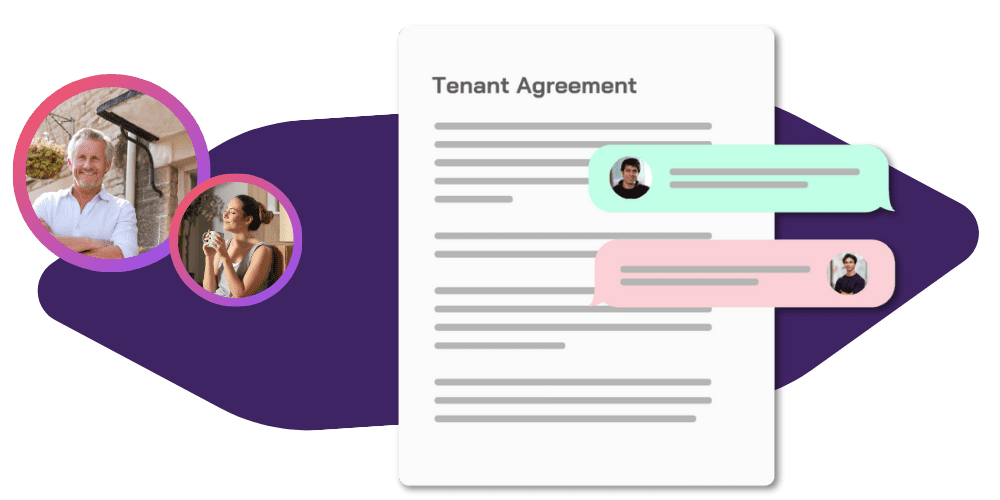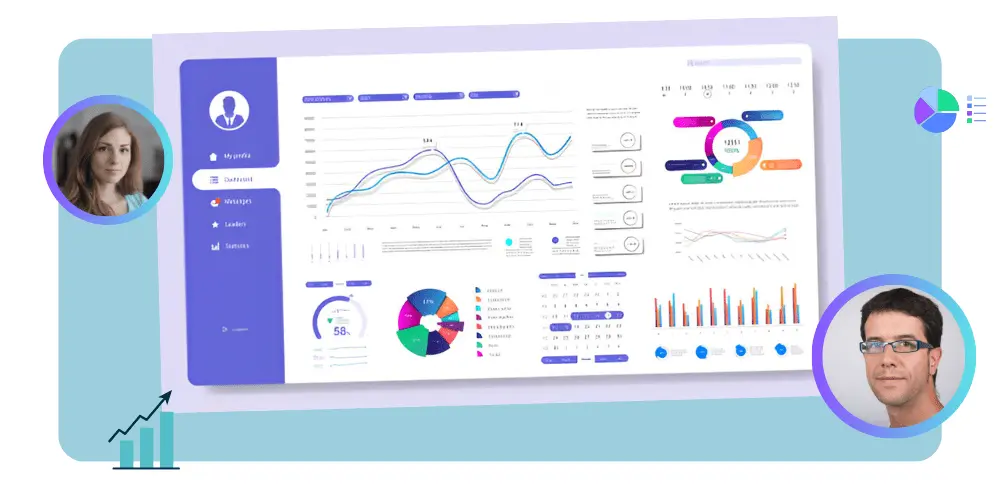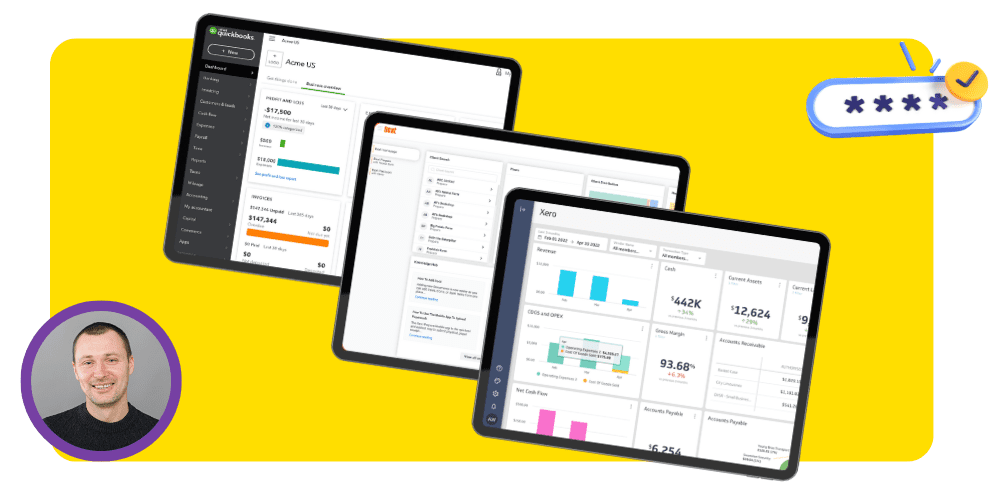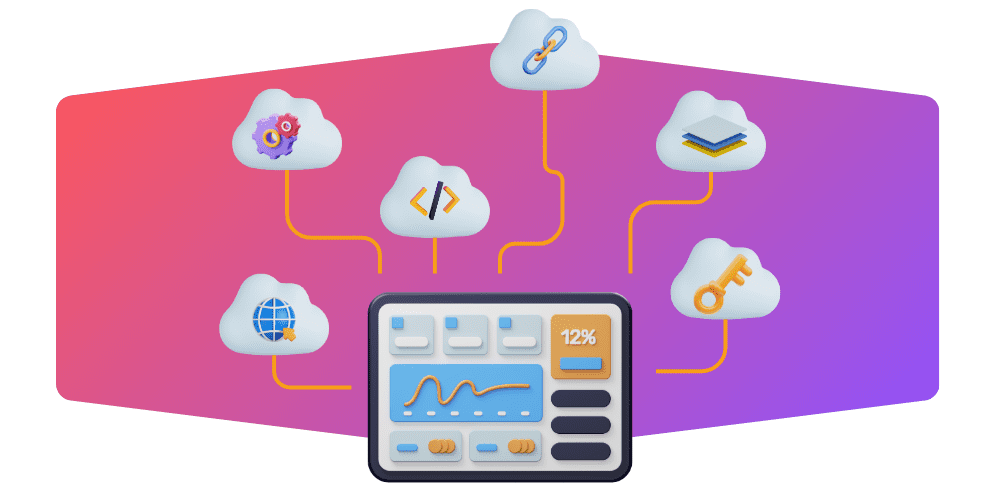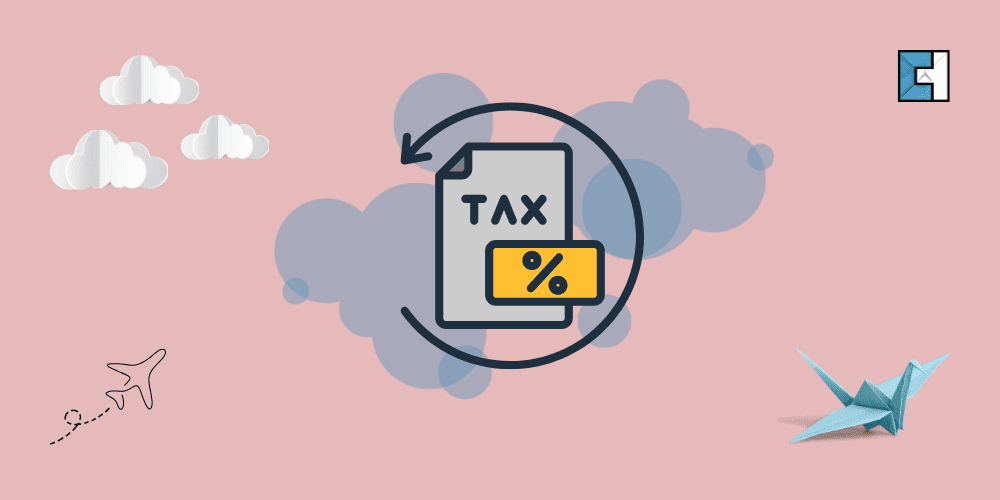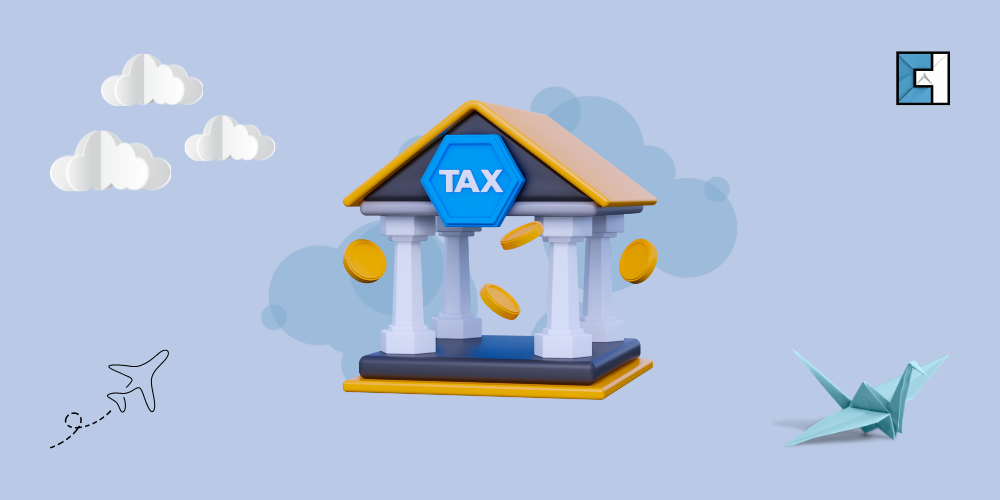Learn how Simple Assessment is affecting your tax returns and why HMRC is making these changes.
Simple Assessment is an easier and more convenient method of collecting taxes. The method which was recently adopted by the HMRC has proved to be beneficial for those who are supposed to file for their Simple Assessment tax.
Under Simple Assessment, HMRC automatically calculates tax liabilities using a Simple Assessment Calculation ‘SAC’ for some taxpayers. This removes them from the self-assessment system. The procedure will start by concentrating on new state pensioners and PAYE clients.
Why has HMRC introduced “Simple Assessment”?
There are over 11 million people who have to file tax returns on an annual basis to notify HMRC about their earnings. By using the existing information which HMRC already has access to, they can extract important information for taxpayers without needing them to file their tax return. This system is widely known as a Simple Assessment.
Video: Payment on Account: What it is & how to pay your tax bill?
HMRC Payment on Account – Watch this video to learn what it is and how to pay your tax bill.
What does it mean for customers?
From September 2017, HMRC has eliminated the requirement for certain customers to complete and file a tax return. There are two groups of people that will not have to submit tax returns for the tax year 2016-2017 and onwards. They will come under the simple assessment regime.
- New state pensioners: Individuals who have a state pension greater than the personal tax allowance (£11,000) in the tax year 2016-2017 and onwards. However, their tax payments cannot be taken through their tax code.
- PAYE customers: Individuals who have tax due and cannot have their tax collected using their tax code.
Pensioners under point 1 who were already registered for self-assessment in the tax year 16/17 were expected to be moved to the simple assessment regime from tax year 18/19 onwards.
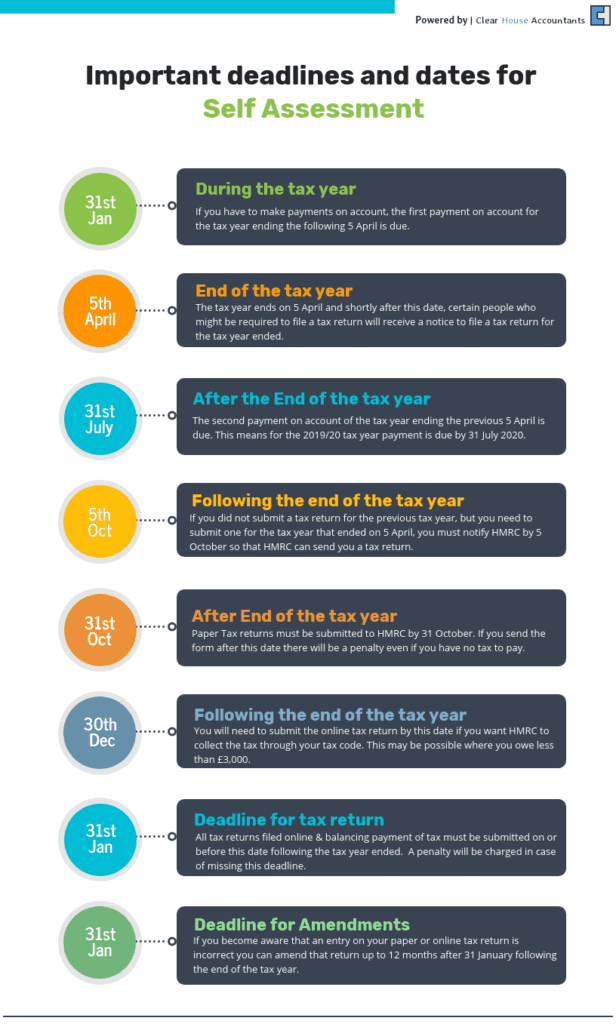
How does “Simple Assessment” work?
Instead of requesting customers individually to file their tax returns with unnecessary information. HMRC utilizes pre-existing data to estimate the amount of tax owed. Individual customers who have complex tax affairs and are filing Self-assessment returns regularly will continue to benefit from a revamped process in the future. Therefore, you will only be requested for information required to evaluate their tax, benefits and credits. However, other information will be completed automatically by HMRC.
Plan Your Self-Assessment: Deadlines, Payments, and Filing Tips You Need

What happens next?
HMRC is planning to use the simple assessment only in the simplest of situations for now. However, HMRC will release it for more complex cases together with the planned improvements to the personal tax account. HMRC will send out work calculations showing tax due in writing to relevant taxpayers from September 2017 onwards if you receive a new Simple Assessment (PA302 or an informal tax calculation (P800). Moreover, you need to be well-informed about the entire procedure in advance.
The Simple Assessment letter will hold the following information:
- Earnings from pay
- Pensions
- Savings interest
- State benefits
- Employee benefits
While HMRC says that it will include your income, tax deductions, etc. It would be better if you double-check with your tax accountant and revise accordingly. Without a tax return, HMRC cannot guarantee whether they have up-to-date knowledge or not regarding your taxes. Moreover, if HMRC makes any erroneous calculations, it is your responsibility to set it right. Failure to do so can result in penalties.

What does the future hold?
PA302s are the thin end of the wedge. Over the next few years, HMRC wants to shift more individuals out of the self-assessment category to achieve its goal of Making Tax Digital.
Customers are expected to examine whether the information is correct. In case all the information is correct, they may pay their bill either by cheque (in person) or online before the due date on the letter expires.
If a customer has any doubt regarding the information, they can inform HMRC within a period of 60 days.
Customers also have the option to appeal against the decision within a period of 30 days. You may appeal to the HMRC if its follow-up response does not satisfy you. You can view our guide on how to appeal to the tax tribunal.
Taxpayers who miss their deadline might have to pay financial penalties. Therefore, it is advisable for customers to contact their personal tax accountants to explain to them the rules surrounding Simple Assessment in detail.
Clear House Accountants are professional Accountants for London who provide 360 holistic solutions to businesses from various industries. Our accountants have helped businesses successfully pass different stages of their growth cycles by providing accounting, managerial, operational and other types of expertise in a single package. Our accountants ensure that their clients become the best in the world.




